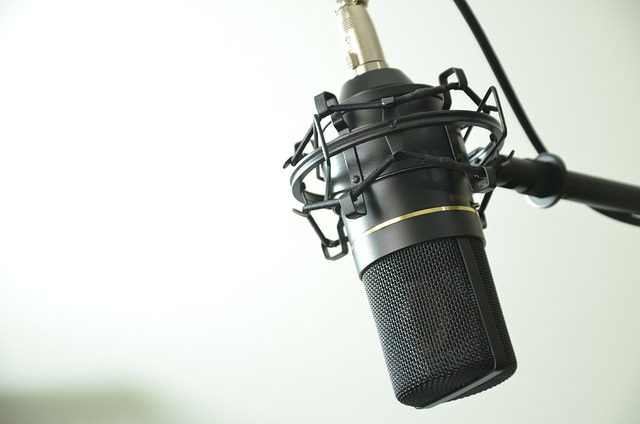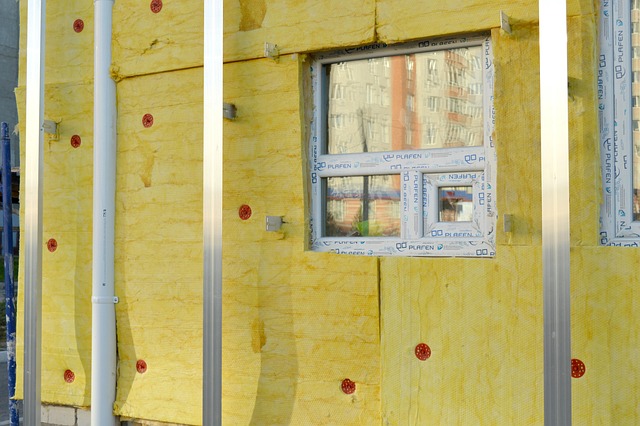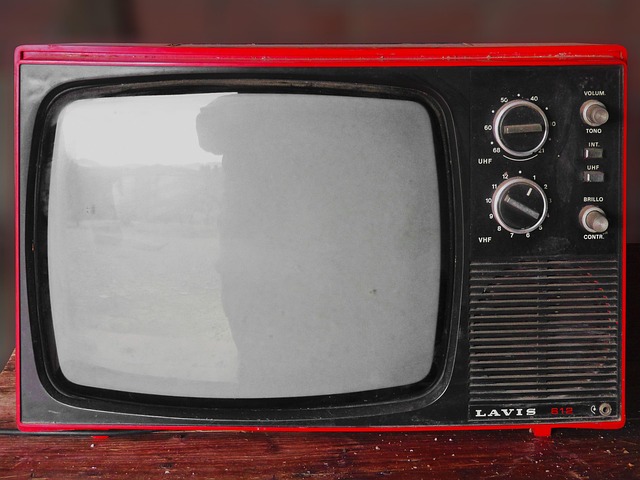Capturing Sound in Stereo: The Ultimate Guide to Stereo Microphones in Audio Technology
When it comes to audio technology, the right tool can make all the difference in producing high-quality sound. One integral piece of equipment that often gets overlooked is the stereo microphone. Whether you are a budding musician, a field recordist, or a seasoned audio engineer, understanding the intricacies of stereo microphones will elevate your sound recording projects like never before.
Understanding Stereo Microphones
At its core, a stereo microphone captures audio in a way that mimics how our ears perceive sound. Unlike mono microphones, which capture sound from a single source, stereo mics provide depth and ambiance, delivering a richer listening experience. This makes them perfect for capturing live music, nature sounds, or any scenario where the spatial relationship of sound is crucial.
The Anatomy of a Stereo Microphone
Stereo microphones typically consist of two microphones placed in a specific arrangement. These can be in an X/Y configuration, ORTF (Office de Radiodiffusion Française), or spaced pair, each offering unique listening perspectives. The design influences how sound waves are captured, resulting in a more immersive experience for the listener.
Choosing the Right Stereo Microphone
There are various factors to consider when selecting the right stereo microphone for your needs:
- Type: There are different types of stereo microphones, such as condenser and dynamic. Condenser microphones are more sensitive and ideal for capturing nuanced sounds, while dynamic microphones are rugged and often handle louder sources better.
- Budget: While high-end models offer superior sound quality, there are many affordable options that perform exceptionally well. It’s essential to find a good balance between quality and cost.
- Portability: If you plan on recording on the go, consider a lightweight and compact model that won’t encumber your travels.
Setting Up for Success
Once you’ve chosen the right stereo microphone, setting it up correctly is vital for achieving the best sound quality. Here are some tips:
- Placement: The position of the microphone greatly influences the audio capture. Experiment with angles and distances to find the sweet spot for your recording environment.
- Use a Quality Recorder: Pairing your stereo microphone with a reliable audio interface or recorder ensures accurate sound capture. Always check compatibility before making a purchase.
- Monitor Input Levels: Keep an eye on your audio levels to avoid clipping or distortion. Use headphones to monitor the sound as you record.
Applications of Stereo Microphones
The versatility of stereo microphones unlocks endless possibilities. From live concert recordings that evoke the energy of the event to nature sounds that transport listeners to serene landscapes, these microphones capture nuanced audio like no other. In film and video production, they enhance the auditory experience, immersing audiences in the story’s environment.
Editing and Post-Production Tips
After capturing your audio, editing can refine and enhance your recordings. Use digital audio workstation (DAW) software to pan the left and right channels, add effects, and equalize sound for balance. With careful post-production, your recordings can achieve professional quality that rivals studio productions.
In the ever-evolving landscape of audio technology, stereo microphones provide a vital tool for both amateurs and professionals alike. Embrace the power of sound and let your creativity flow with this remarkable piece of equipment. With the right knowledge and tools, you can create an auditory experience that stirs emotions and captures the essence of your environment.



